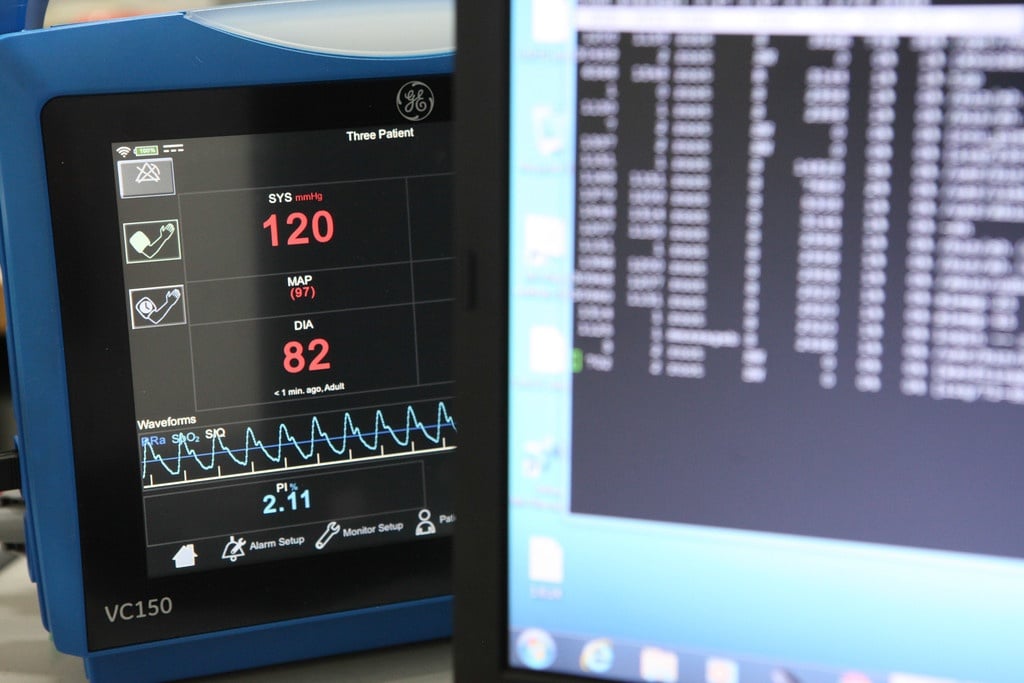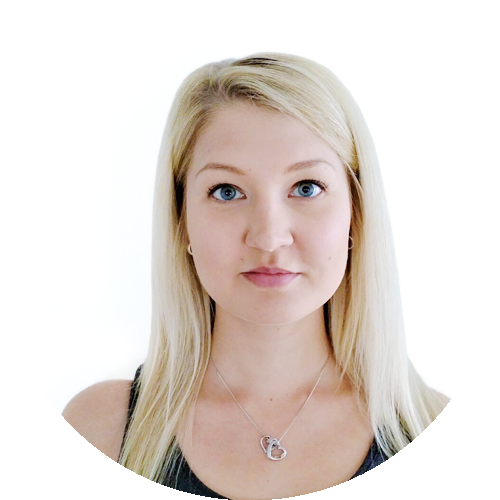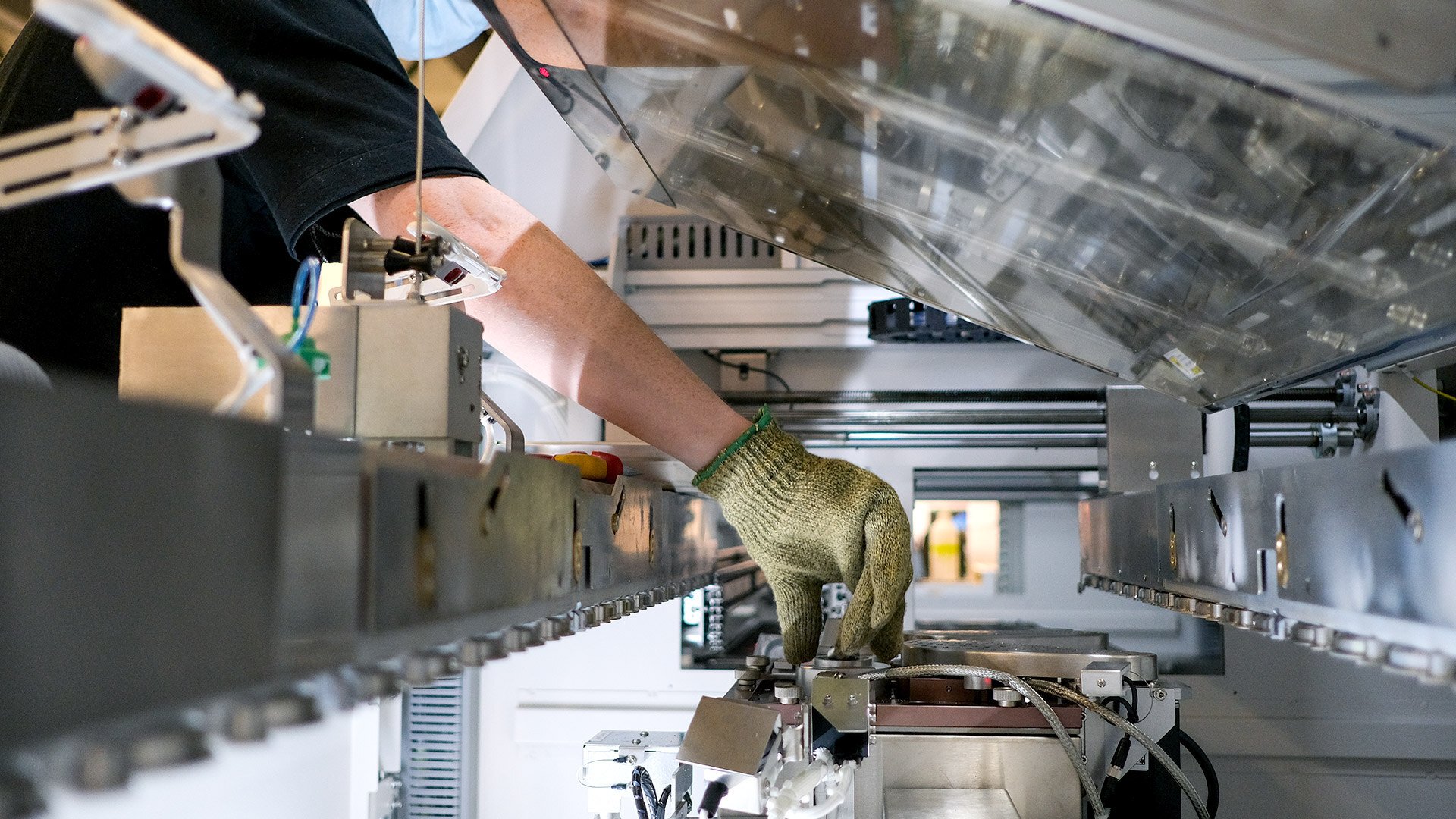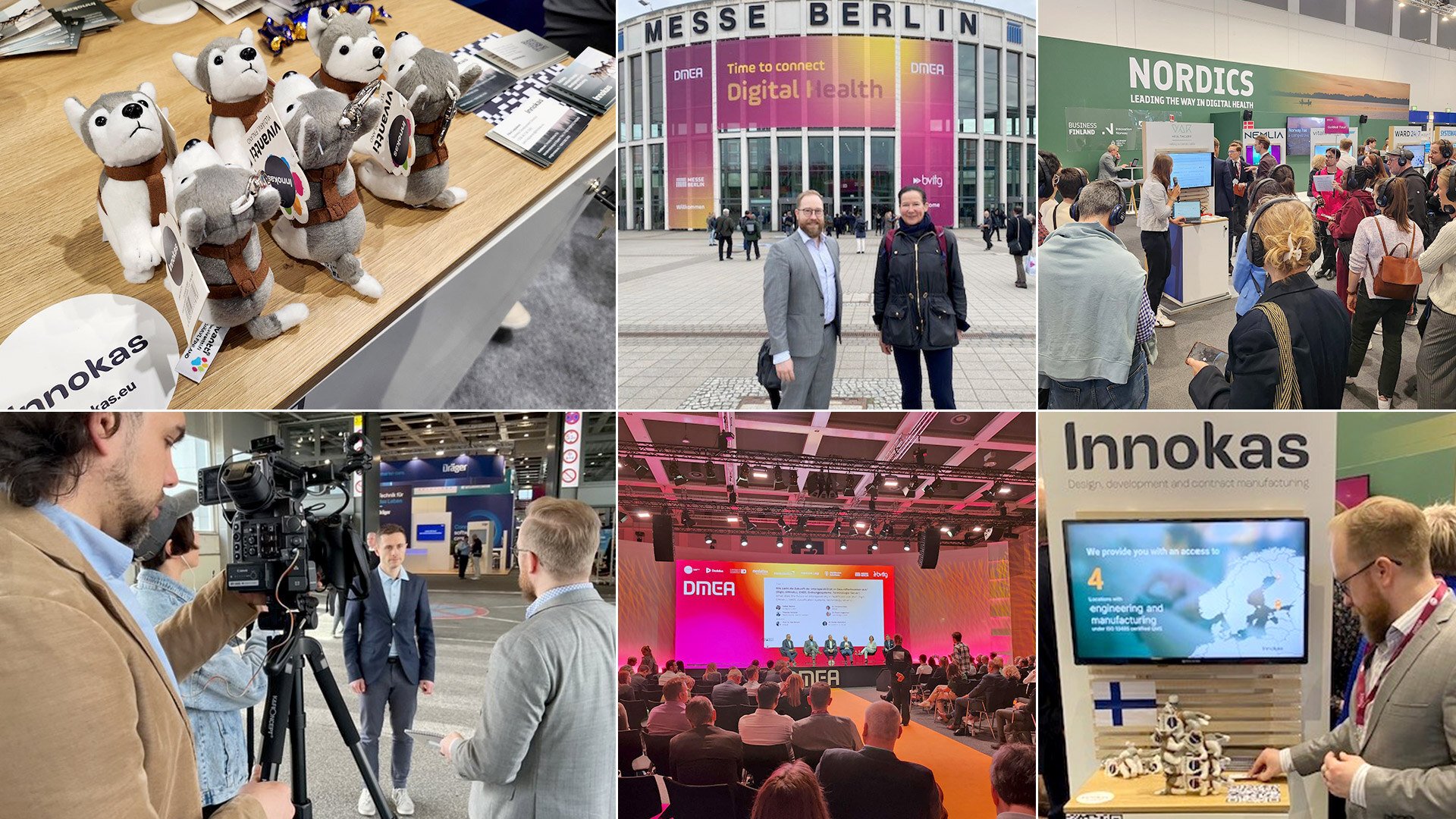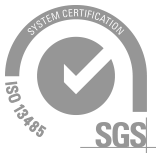Healthcare technology is one of the largest high-tech export segments of Finnish industry, and it continues to grow strongly year after year. In addition to growth, the industry is evolving with various global trends. One of these is digitalization, which is revolutionizing the future of healthcare.
Health- and patient care can be seen as increasingly complex operative environment. Both aging population and rising life expectancy bring a wide range of challenges for future healthcare. There is huge demand for creation of novel, preventive patient care solutions in the future.
“I believe that digitalization, evolving technologies as well as software will bring new kinds of possibilities for preventive patient care solutions in the future”, ponders Pauli Innamaa, Head of Digital Healthcare Solutions at Innokas Medical’s Design Studio.
In recent years, the trend has been clear: software and data-driven solutions are expected to revolutionize the future of patient care. Software contributes extensively to better functionalities and features of physical medical devices, and for providing reliable and secure connections and communication between devices – as well as to and from the cloud. Additionally, software and artificial intelligence (AI) solutions are able to collect, analyze and visualize large amounts of data – either in the device itself or in the cloud. With new solutions, significant cost savings can be achieved e.g. through preventive care. Additionally, the support to make better health related decision-making can be offered.
“Data analytics and machine learning will have a huge impact on how diseases are prevented, and how patients are treated more personally in the future. It’s clear that we’re talking about an extremely interesting area, in which we at Innokas Medical definitely want to be involved in”, Innamaa continues.
It is estimated that the annual growth rate of digital healthcare market is 28 % worldwide. This is exceptionally high growth rate for any business. Both data-driven solutions and SW are playing an increasingly important role in this and enabling novel ways to deliver healthcare.
Considerable expertise is required for developing regulated medical SW and data-driven solutions
Due to digitalization, companies need to be able to develop even more complex and easy-to-maintain and -test software and data-driven solutions. They must meet the growing regulatory requirements and customers’ needs as well. To comply with the regulations is not an optional thing to do.
“Regulated medical software development differs substantially from software developed for, e.g., consumer electronics. In medical device industry, software must meet all regulatory requirements set by the authorities to get the permission to put the product on the market. These requirements evolve all the time to ensure both safety and effectiveness of new technologies and solutions”, Innamaa tells.
Keeping up with the global competition requires continuous development and investments from companies. Keeping this in mind, Innokas Medical’s Design Studio has continuously reinforced its in-house digital healthcare solutions know-how. The existing trends and customers’ needs are being taken into account in both development work and recruitments. One of the latest new talents at Innokas is Antti Kaltiainen (M.Sc., Technology and Information Technology), who started as CTO at Innokas in this autumn .
“I’m working in our Design Studio's Digital Healthcare Solutions function. As company’s new CTO, I’m further developing our competencies to enable us to co-create medical SW and data-driven healthcare solutions for our customers also in the future”, tells Kaltiainen.
Thanks to his strong background within medical device development and IoT – as well as digitalization as a trend revolutionizing the business – he sees his new role at Innokas fascinating. However, the pace of development in medical device industry is in a slight delay when comparing in many other industries. This is caused by more complex regulative scrutiny in the industry; new technologies must achieve a certain level of maturity before they can be approved and adapted for use in medical devices.
“Processing and using the data collected from various devices and sensors will have an enormous potential to improve the cost-effectiveness of healthcare. However, while solutions based on software and algorithms improve, e.g., the cost-effectiveness, a whole new range of risks and safety requirements are emerging. This may slow down the speed of digital revolution”, Kaltiainen ponders and continues:
“However, I believe that the various forms of digitalization are taking over the industry faster than we expect. With next generation solutions, we’re able to streamline the daily work of healthcare professionals and, of course, to create new kinds of business opportunities to our customers. At its best, we’ll also be able to prevent onset of diseases and improve peoples’ lives. Thus, I see the changes taking place in our industry will create significant business opportunities for all of us.”
In addition to healthcare technology, software has also taken over other industries. That's why software experts are in a high demand. However, Jenni Tuulos, working as Head of Design Studio at Innokas Medical, sees that the medical device industry attracts SW developers.
”Even when there is a high demand for software experts in recruitment markets, healthcare technology attracts both experienced professionals and recently graduated talents”, Tuulos ponders and continues:
“Medical device software and data-driven solutions development projects feature very interesting and challenging assignments, which surely have an impact. Additionally, we’re working with meaningful agenda; when we’re developing software for the medical device and solution industry, it aims at preventing, diagnosing and treating patients' illnesses - and thereby improving the quality of peoples’ lives.”
Better outcome by co-creation
While software and digitalization enable the co-creation of next generation digital solutions, it brings a whole new range of challenges for companies working in the field – and for those, as well, who are aiming to enter the field. One of the challenges is the strict and compelling regulations governing healthcare technology. The aim is to ensure the safety and effectiveness of the devices.
”As an example, the new MDR will introduce a new classification rule for software and it must be considered when applying the definition to general medical devices. This means that most software as a medical device (SaMD) will be up-classified as Class II medical device in the new Medical Device Regulation in Europe. Earlier, most of the medical device software was classified into Class I in Medical Device Directive and in IVD directive. This is, of course, only one example – but at the same time, very important one”, Innamaa tells.
“Another interesting area related to this is the utilization of artificial intelligence in medical software; how to deal with the changes in the algorithm caused by machine learning, as the parameters of the algorithm may be updated as new data is processed? Regulations are surely not yet well established in the field”, he continues.
In addition to launching new business function (”Digital Healthcare Solutions”), Innokas has also updated its service offering to meet the changes and challenges in the field. Quality driven medical software and co-creation mindsets as well as associated practices are company’s cornerstones in helping customers to bring their regulated medical SW and data-driven solution to the market effectively and efficiently.
“We are a full-service provider in all areas of medical software and data-driven solutions design and development. Together with our talented partner- and subcontractor network, we’re able to complete our customers’ know-how by extending their R&D and QA&RA competences with our scalable service center model. We’re able to deliver the SW as a service, or resource their on-site team with our experts”, Innamaa explains.
“Quality Driven” signifies that the specific requirements and the regulatory framework are identified early on and the conformance is built effectively along the development life cycle. Requirements and the regulatory framework are applied in Software as part of Medical Device (Embedded SW), Software as a Medical Device (SaMD) and Data-Driven Healthcare solutions as well. Through the company’s +25 years of experience, Innokas can help its customers to succeed with all QA&RA matters as well.
“These novel ways we’re co-creating with our customers are needed to help people to stay healthy longer and to make better health and healthcare related decisions. We feel it is a privilege to be a part of such a mission for an industry”, concludes Innamaa.
For more information about Innokas’ Medical SW and Data-Driven Solution development services, please go to:
https://www.innokasmedical.fi/quality-driven-medical-software-design-development-services/
More information about the topic:
Pauli Innamaa | Head of Digital Healthcare Solutions, Innokas Medical Ltd. | pauli.innamaa@innokasmedical.fi
Antti Kaltiainen| CTO, Innokas Medical Ltd. | antti.kaltiainen@innokasmedical.fi



